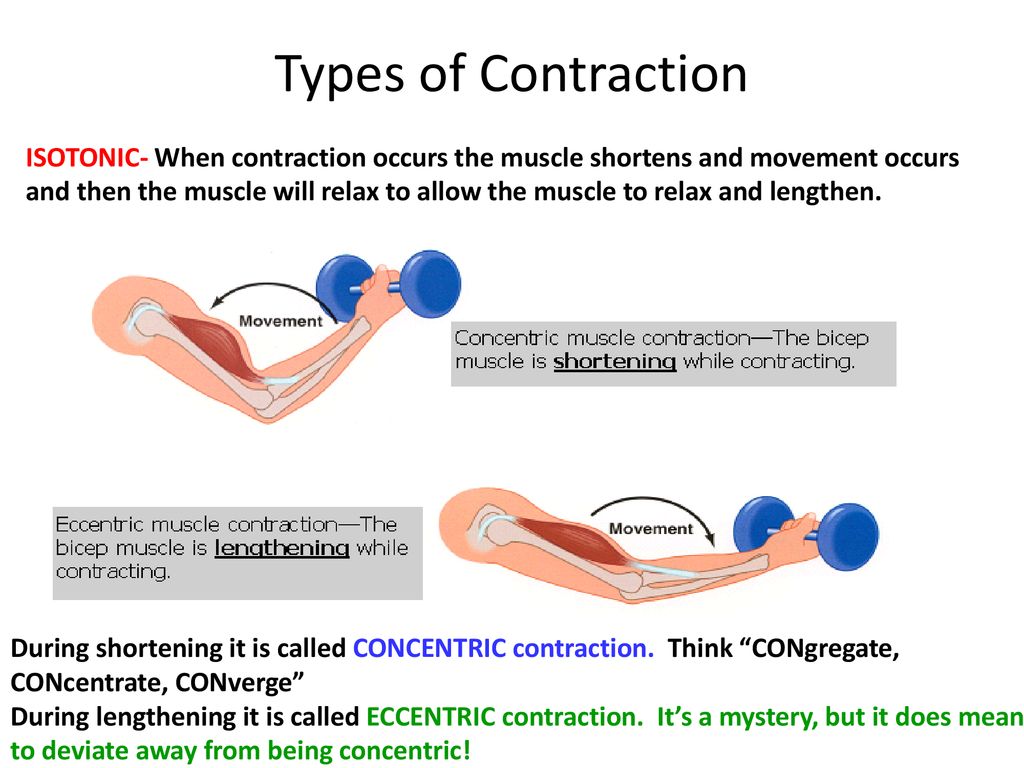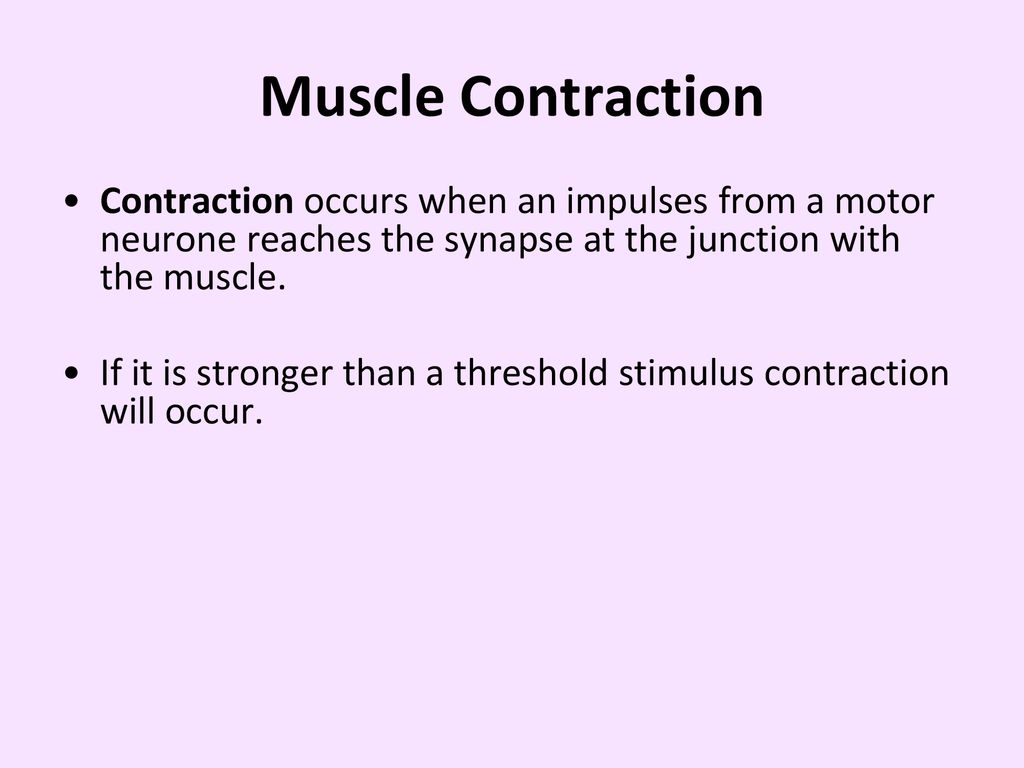Contraction is a process that occurs when a muscle shortens and becomes tighter, resulting in movement or support for the body. Contraction can occur in various types of muscles, including skeletal, smooth, and cardiac muscles.
Skeletal muscles are responsible for movement of the bones and are under voluntary control, meaning that we can consciously control their contraction. When we want to move a limb or perform a specific action, our brain sends a signal to the appropriate skeletal muscle, causing it to contract and move the bone. For example, if we want to lift our arm, our brain sends a signal to the biceps muscle to contract, resulting in movement of the arm.
Smooth muscles, on the other hand, are not under voluntary control and are found in organs such as the stomach, intestines, and blood vessels. These muscles are responsible for involuntary movements, such as digestion and regulation of blood flow.
Cardiac muscles, found in the heart, also contract involuntarily and are responsible for pumping blood throughout the body. The contraction of cardiac muscles is regulated by electrical signals that are sent from the heart's natural pacemaker, the sinoatrial (SA) node.
Contraction of muscles requires energy in the form of adenosine triphosphate (ATP), which is produced through the breakdown of nutrients such as glucose and fatty acids. During contraction, ATP is converted into adenosine diphosphate (ADP) and releases energy, which is used to power the contraction of the muscle.
There are two types of contraction: isotonic and isometric. Isotonic contraction occurs when a muscle shortens and generates force, such as when lifting a weight. Isometric contraction occurs when a muscle generates force without changing length, such as when holding a weight in place.
Overall, contraction is a vital process that allows us to move and perform various functions in the body. It is important to maintain muscle strength and flexibility through regular exercise and stretching to ensure that our muscles are able to contract effectively.







